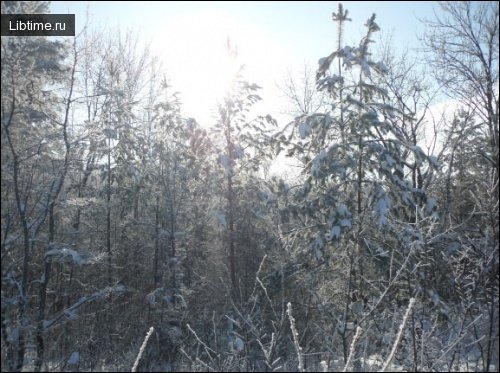Wind orientation
Among the permanent or periodically recurring phenomena that serve as landmarks are winds. 
- trade winds;
- monsoons;
- breezes;
- fen;
- bora, etc.
Navigation by wind makes sense when the relief of the territory is not familiar or it is necessary to know the location of the nearest natural objects.
Trade winds are the winds of the equatorial zone blowing constantly in one direction, formed under the influence of the Earth's rotation. In the northern hemisphere the trade winds are northeasterly and in the southern hemisphere they are southeasterly. The width of the zone of action of trade winds reaches 2-2.5 thousand kilometers.
Monsoons are stable seasonal winds arising as a result of unequal atmospheric pressure on land and sea in different seasons of the year. In winter, monsoons blow from the continents towards the seas and oceans, and in summer they blow in the opposite direction. Monsoons are widespread in the Pacific Ocean, penetrate into the interior of the continent a thousand or more kilometers.
Breezes are local constant winds blowing in the coastal areas of seas and large lakes. Breezes blow from the sea during the day and from land at night. The cause of breezes is about the same as the monsoon, only their area of action is limited. At sea, 20-25 kilometers from the shore, you can no longer notice the breezes.
Fen is a strong gusty wind blowing from the mountains. It significantly increases the temperature of the surrounding air and causes extreme dryness. In the cold season, fen can be encountered more often. In the USSR they are observed in the Caucasus, Crimea, in the mountains of Central Asia (near Tashkent, for example, northeastern fen), in Altai, as well as in Western and Eastern Transbaikalia. Here they raise the temperature by 10-20° and more. The duration of a fen is often about one day, sometimes three or four days.
Bora is a cold wind that blows with great force down a mountain slope. It is similar to a hairdryer in the character of air movement. Bora is found in many areas of the Adriatic coast, in the Mediterranean Sea, on the Black Sea coast near Novorossiysk, on the shores of Baikal, on Novaya Zemlya and other areas. Wind strength sometimes reaches 40 m/s.
Cold air masses trapped by the wall of the Caucasus Mountains blow over the Markhot Pass from a height of 435 m to the sea. There are other constant winds in some places of the Earth's surface. Their formation depends on many atmospheric phenomena. Thus, in the area of Dzhezkazgan plateau (Central Kazakhstan) northeastern winds blow constantly, especially in the daytime. Their speed sometimes reaches 12 m/s. They subside only at night.
Of course, orienteering by wind does not give such a result as orienteering by compass. But it can be useful. The mountains are guardians over the gorge, through which the Syr Darya River carries its waters from the Fergana Valley through the rapids of Bekabad. This narrow throat stretches for about 80 kilometers.
This is where the constant mountain-valley wind is born. Cold air flows down from the mountains surrounding Fergana, overflows the valley, seeks an exit and finds it only in the narrow Bekabad passage. Increasing in intensity on the way, it falls on the Golodnaya steppe near the railroad stations Zaporozhskaya and Ursatievskaya.
Ursatievsky wind (so locals call it) enjoys a bad reputation. Sometimes it blows for 5-6 days continuously. Clouds of sand cover the Sun, raising into the air steppe loess dust and even pebbles from the Syr Darya spits. Ursatiev wind blows most often in winter. In summer, dry and hot kokandets blow here from the hot Hungry Steppe.
Constant winds blow in the fall on the coastal tundras of Chukotka. This is used for orienteering in the tundra at dark night and in blizzards. If the Polar Star is not visible in the sky - "stuck stake", as they call it here, they shovel snow and feel the grass. Which way it was bent by the fall winds flying to the sea? The grass will tell you where is the north and where is the south.
The stingy language of the tundra will tell about many things to the one who knows it and can read the bent grass, and the snow drifts sharpened by the winds, and the lines and traces, and the stone heads of the hills. Constant northerly winds blow during July and August on the Balkan Peninsula and adjacent islands.
In Antarctica, on Adelie Land, the southeast wind blows so constantly that the members of the Mausson expedition (1911-1914) in blizzards and in total darkness oriented themselves unmistakably only by it and not by compass, the accuracy of which was strongly influenced by the proximity of the magnetic pole.


